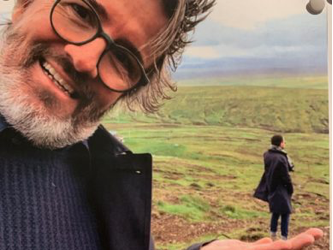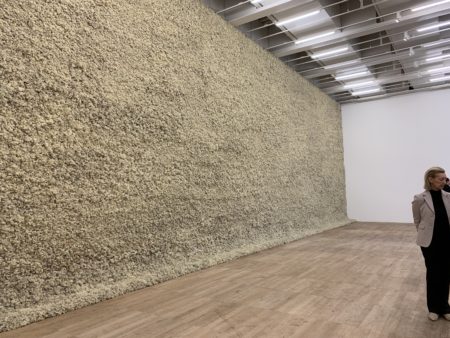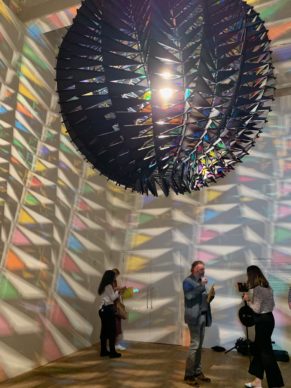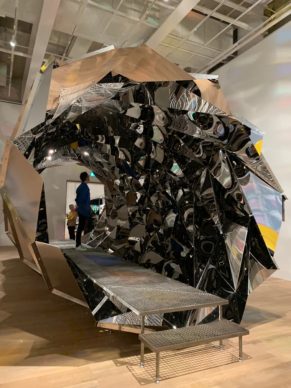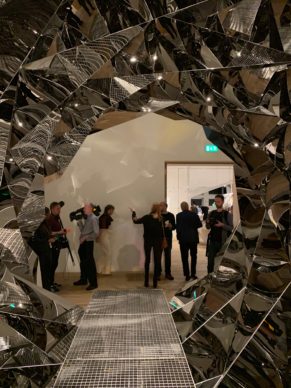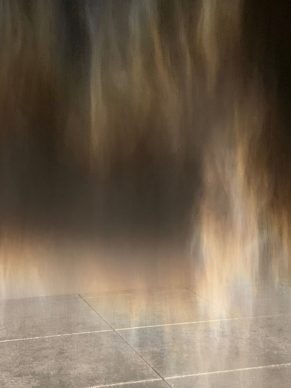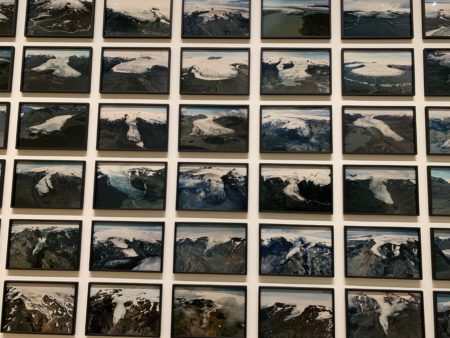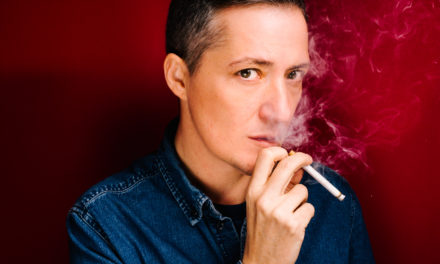The weather project
Olafur Eliasson (born in 1967) came to public prominence in 2003 with his Weather Project at Tate Modern’s Turbine Hall, consisting of a spectacular giant sun that emitted no heat but which all of London came to bask beneath.
Danish-Icelandic artist
The Berlin-based Danish-Icelandic artist likes to recreate phenomena that occur in nature. These are his very own “readymades”. But his repertoire extends far beyond that.
The return to Tate
He’s returning to Tate Modern with around thirty pieces, most of which are immersive or on a large scale, on show until 5 January.
A comprehensive ensemble
Having frequently seen his work displayed from Versailles to Reykjavik and from Inhotim to Vienna (see the report on the subject where he talks about the notion of the Baroque at the Château de Versailles and in his work), we can say that the ensemble is not only comprehensive, since it exemplifies his preoccupations well, but it also stands out from others in its presentation of several pieces that were made very early on in his career.
Interested in nature and more
The path Eliasson follows is a straight line. But he’s transformed from an artist who is interested in nature into a political artist.
Playing with elements
In London we see works that play with water, mirrors, artificial fog, fire, a stroboscope, glass…
A moss wall
In his early days the artist, who spent extensive periods of his childhood in the volcanic Icelandic landscapes, sought to bring flora and natural elements into the museum environment. This led him, in 1994, to cover an entire 6-metre-long wall with moss, which visitors are still allowed to touch today.
Permanent rainbow
One year before that he created the aptly named “Beauty”, a kind of giant shower creating a permanent rainbow that dances along with the stream of water. Wonderful.
Your uncertain shadow
In a similar spirit, coloured spotlights trace the silhouettes of gallery visitors with multicoloured outlines on the walls (“Your Uncertain Shadow” 2010).
Rain window
We can recall the childhood sensation of raindrops falling on the windowpane preventing us from going outside yet simultaneously evoking a pleasant feeling of protection. It rains a lot in London, but Olafur recreates this impression even when it’s sunny outside with his “Rain Window” installation from 1999.
Nature & culture together
As the artist explains very well, when he was starting out nature and mankind, or nature and culture, were still considered to be two disparate things. Over time he’s gained a political awareness that links all the elements of his sensitivity, transforming him into an activist for saving the planet, even if as an artist he says: “the most important thing is the quality of the work”.
Watch the video to find out more:
A political artist
Today Olafur is therefore clearly a political artist on several counts.
Environmental awareness
He’s evidently a political artist because he advocates in various ways for environmental awareness.
Watch the video to find out more:
Vegetarian meal
To coincide with the exhibition, the Tate’s terrace bar is even offering a vegetarian meal developed in his kitchen in his studio in Berlin which has a small carbon footprint, as the menu shows.
Human interactions
He’s also political because he studies human interactions.
Your blind passenger
One of his most disturbing installations is “Your Blind Passenger” from 2010. In this work visitors are immersed in a fog-filled space lit by lamps emitting yellow mono-frequency light, (meaning its light spectrum is composed of only one shade). This produces the illusion of blindness within a colourful void. Unless you find yourself a few metres away from another visitor. The route seems never-ending and the eye compensates by creating a complementary blue light. And you start to love your neighbour in this halo of solitude.
Giant kaleidoscopes
And lastly, he’s political because he’s a soft-spoken activist for the celebration of the natural beauty that surrounds us. Here he’s advocating a multifaceted vision, as in his giant kaleidoscopes which an entire room of the museum is dedicated to.
Optimism?
Is there still a place for optimism in a world where bees and fish are disappearing, a world where there’s an area the size of a whole new continent composed of plastic bags and bottles? Olafur Eliasson replies with a quote from another artist, Gerhard Richter: “Art is the higher form of hope”.
Watch the video to find out more:
Until 5 January. www.tate.org.uk
Support independent news on art.
Your contribution : Make a monthly commitment to support JB Reports or a one off contribution as and when you feel like it. Choose the option that suits you best.
Need to cancel a recurring donation? Please go here.
The donation is considered to be a subscription for a fee set by the donor and for a duration also set by the donor.

